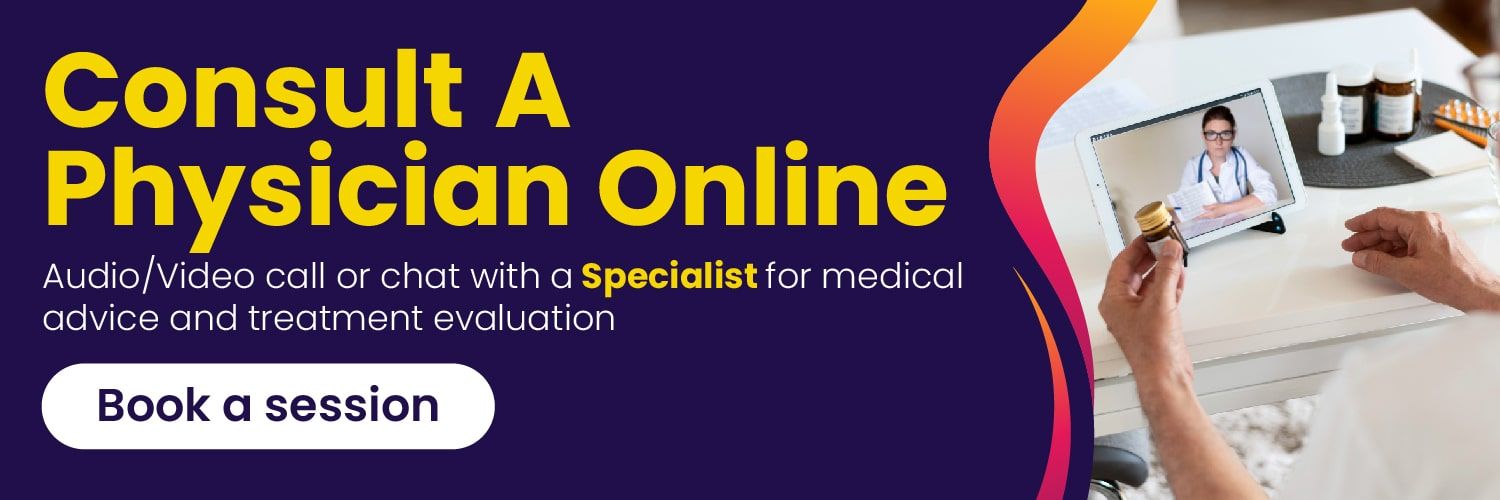Polio: Causes, Symptoms, Transmission, and Treatment
24 months ago
4 minute read.

Polio is an old and nasty sickness that makes people sick and can even stop them from walking. But we're close to getting rid of it, thanks to people all around the world working together.
Polio is caused by a tiny germ called the poliovirus. Think of it like a bug that can make you sick. There are three types of this virus, Type 1, Type 2, and Type 3. Each can make you sick in a different way. The good news is that we have vaccines to protect us from all three types.
Polio is a contagious illness brought about by a virus. This virus attacks the nervous system and can lead to complete paralysis within a few hours. The virus primarily spreads from one person to another through contact with infected feces, typically through the mouth. It can also spread through shared sources like contaminated water or food, where the virus reproduces in the intestines.

Symptoms
- Asymptomatic infection: In many cases, people infected with the poliovirus remain asymptomatic and show no signs of illness. These people can still spread the virus.
- Minor illness: Some individuals may experience minor symptoms, such as fever, fatigue, headache, sore throat, and gastrointestinal disturbances. These symptoms are often mistaken for common viral infections.
- Non-paralytic polio: This form of polio presents with more severe symptoms like a stiff neck, sensitivity to light, and muscle pain. However, it does not cause paralysis.
- Paralytic polio: The most severe form of the disease. It occurs in a small percentage of cases and leads to muscle weakness or paralysis. Symptoms may include:
- Muscle pain and spasms
- Loss of muscle reflexes
- Flaccid (weak) paralysis
- Severe muscle atrophy
Immunization in India
National immunization days
In India, the Government of India organizes National Immunization Days (NIDs) twice a year, during which they aim to administer two doses of oral polio vaccine (OPV) to every child under the age of five throughout the country.
Sub-national immunization days
Every year, there are extra vaccination days called Sub-National Immunization Days (SNIDs) in states where there are more health problems. These states have issues like dirty surroundings, lots of people in one place, many diseases related to the intestines, not enough healthcare, and not many kids getting regular vaccinations.
Booth day
In some states, they have a day called 'Booth Day' on a Sunday for polio campaigns. They set up booths in the neighborhood where parents can bring their kids for a polio vaccine. After vaccination, each child's left little finger is marked with a permanent marker, and in many places, they also receive additional items like a nutritional supplement, a paper sun-visor or mask, a ball, and a whistle.
Visiting every house
Between Monday and Thursday, teams visit every house in the area. They check every child under five years to see if their left little finger has the vaccination mark. If a child doesn't have the mark, they give them the OPV vaccine. If a child is not at home or if a parent refuses the vaccination, they put an X mark outside the house and note it down.
Transmission
Polio is highly contagious, and understanding its modes of transmission is crucial for prevention. The fecal-oral route is the primary method of transmission. It means that the virus is often found in contaminated water and food sources. Additionally, it can spread through:
- Direct contact with infected individuals' saliva or mucous.
- Contact with contaminated surfaces or objects.
- Close personal contact
Notably, a person infected with polio can spread the virus to others before they even show symptoms, making it challenging to control its transmission.
Diagnosis
Diagnosing polio involves a combination of clinical evaluation and laboratory testing. In areas where polio is still endemic, healthcare professionals may suspect the disease when they encounter individuals with characteristic symptoms. Laboratory tests, including the analysis of stool or throat swabs, can confirm the presence of the virus.
In regions where polio has been eradicated, the suspicion of polio cases is taken very seriously, and public health agencies work swiftly to identify and contain the virus to prevent its resurgence.
Treatment
Currently, there is no specific antiviral treatment for polio. However, several approaches are crucial in managing the disease:
- Supportive care: Patients with minor symptoms or non-paralytic polio receive supportive care to alleviate their discomfort and manage fever and pain.
- Physical therapy: For individuals affected by paralytic polio, physical therapy is essential to maintain and improve muscle function.
- Respiratory support: In severe cases where respiratory muscles are affected, mechanical ventilation may be necessary to help the patient breathe.
Prevention
Prevention is the most effective strategy against polio. The development of the polio vaccine has been a breakthrough in public health. There are two types of polio vaccines:
- Inactivated polio vaccine (IPV): This injectable vaccine contains killed poliovirus and provides immunity without causing the disease. It is given to infants as part of their routine vaccination schedule.
- Oral polio vaccine (OPV): This vaccine contains weakened live poliovirus and is administered orally. It is used in mass vaccination campaigns due to its ease of administration.
Global efforts, including the Global Polio Eradication Initiative, have made significant progress in reducing polio cases worldwide.
Conclusion
Polio is a disease that has caused suffering for generations, but with the advent of vaccines and improved sanitation practices, its eradication is within reach. Understanding the virus, its causes, symptoms, transmission, and available treatments is crucial in maintaining progress and ensuring a polio-free world. Vaccination and public health measures remain the cornerstones of this battle against polio, emphasizing the importance of a global commitment to achieving this goal.
Leave a Comment
Related Articles
Health Checks @ Home
Service
Explore
© 2025 Truworth Health Technologies Pvt. Ltd.




